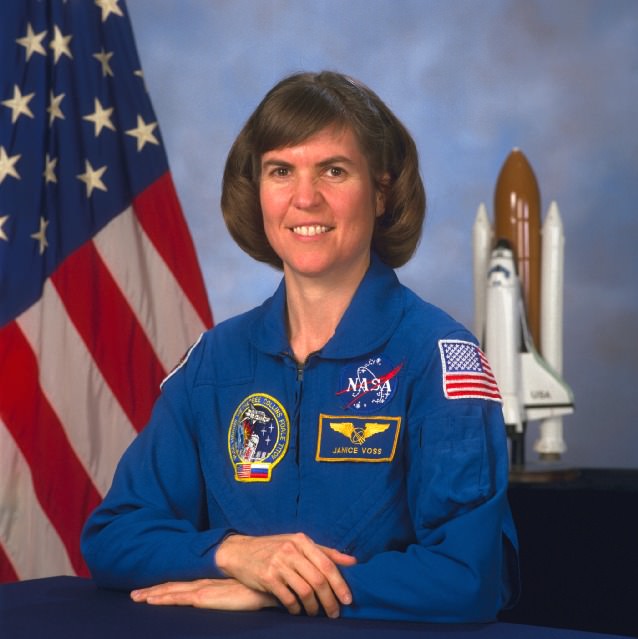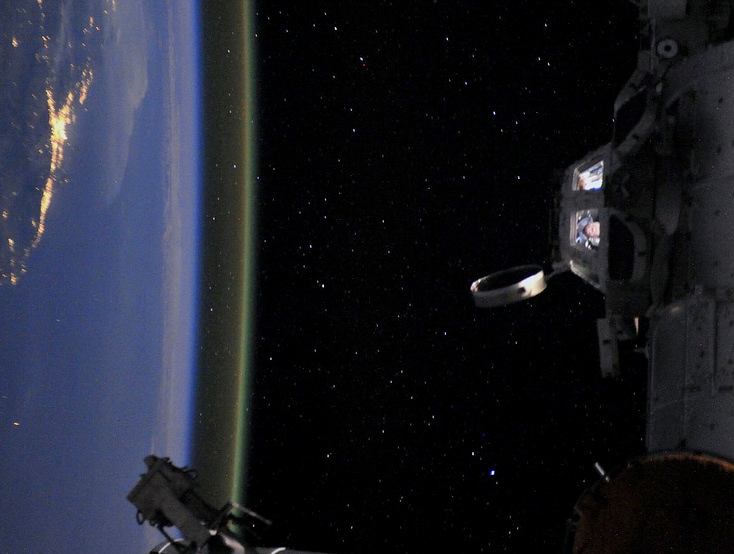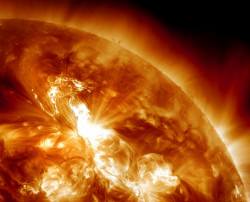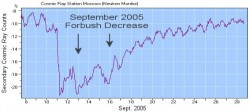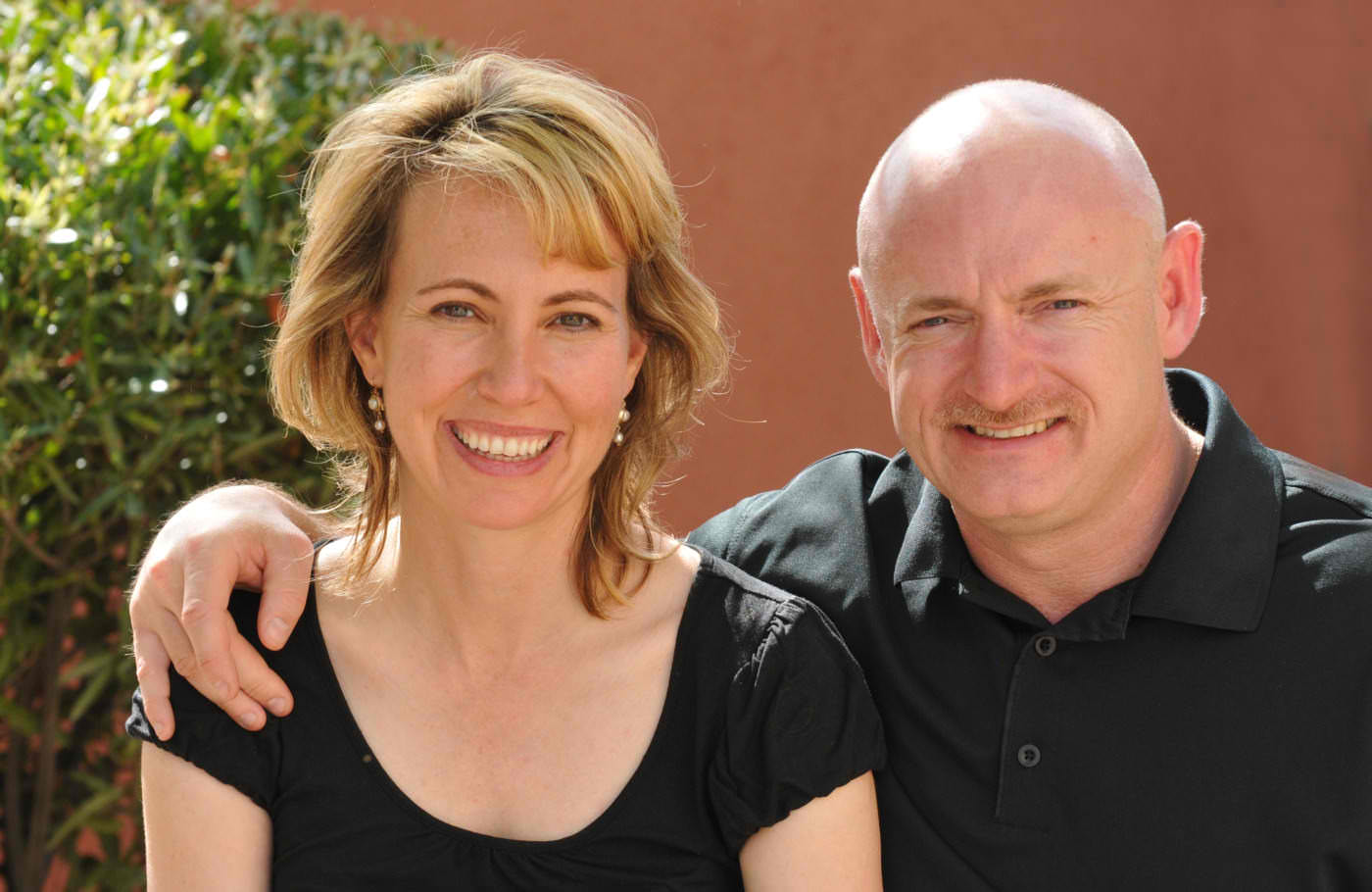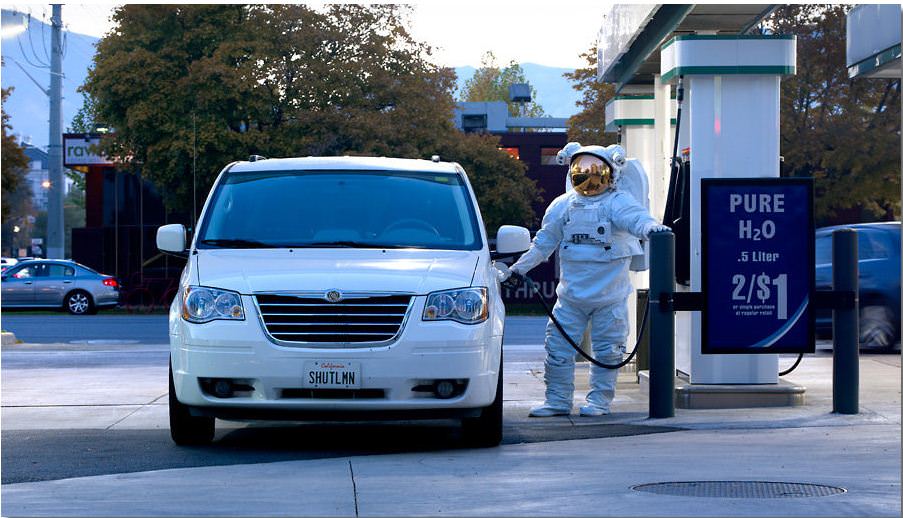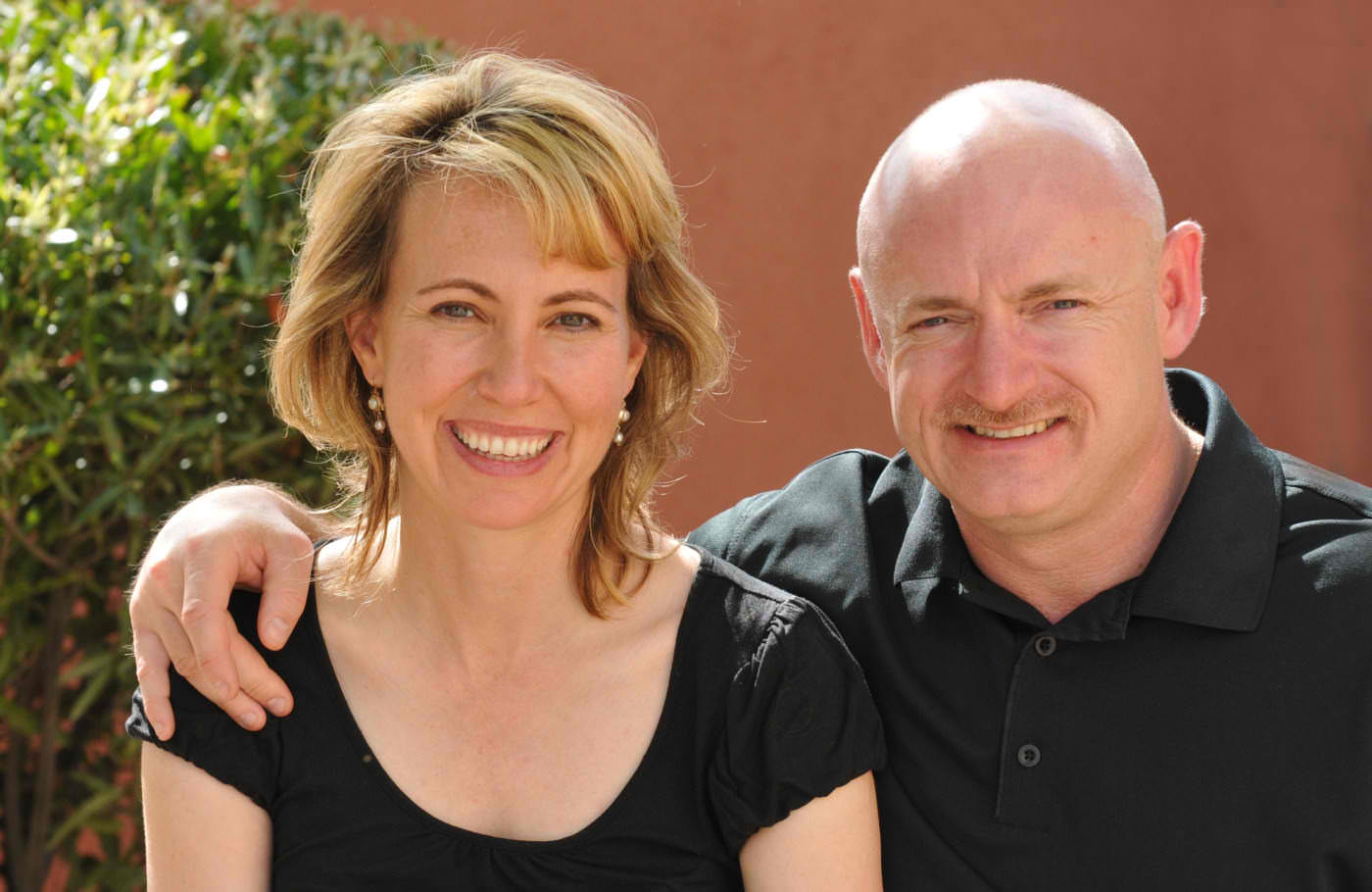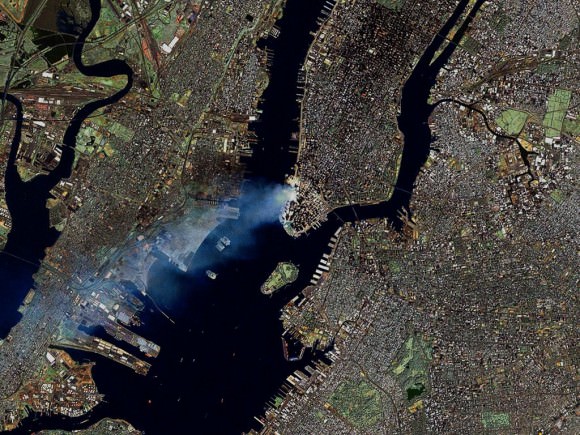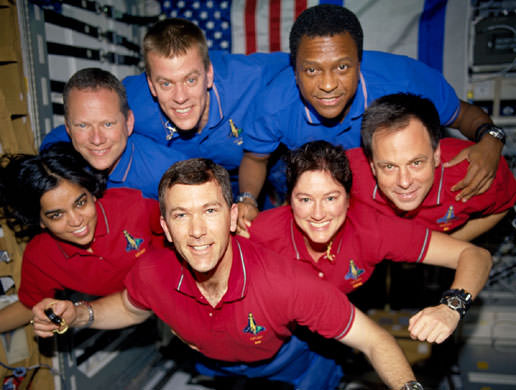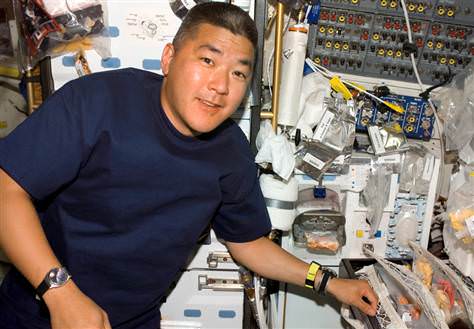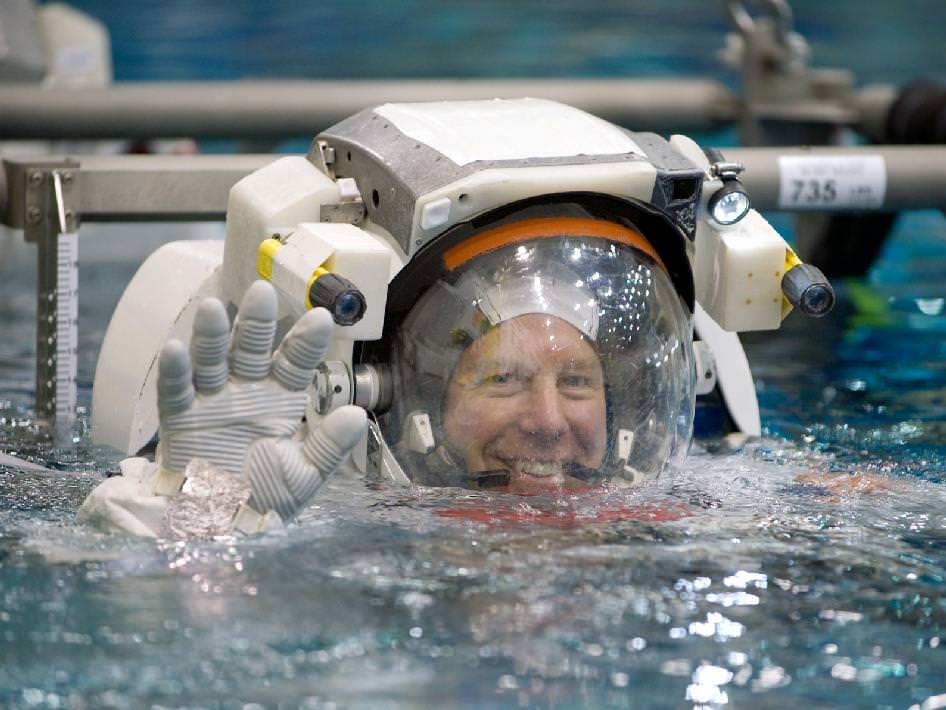[/caption]
Please take the time to respectfully recognize the passing of veteran astronaut, Janice Voss. She was a former science director for a NASA exoplanet-hunting spacecraft and also a member of five manned spaceflights. She lost her battle with cancer today at the young age of 55. “Just got the very sad news that U.S. astronaut Janice Voss passed away last night,” the Association of Space Explorers, an international organization representing more than 350 individuals who have flown in space, wrote on Facebook. “Our thoughts go out to her family and friends.” NASA confirmed Voss’ passing in a statement issued on Tuesday (Feb. 7), saying she had passed away overnight.
Janice was born on October 8, 1956, in South Bend, Indiana, but she called Rockford, Illinois home. Some of her passions for life included flying, volleyball, dancing and reading science fiction. She graduated from from Minnechaug Regional High School, Wilbraham, Massachusetts, in 1972, continued on to Purdue University for her bachelor of science degree and achieved a master of science degree in electrical engineering and a doctorate in aeronautics/astronautics from the Massachusetts Institute of Technology in 1977 and 1987, respectively. From there, Janice continued her education by taking some correspondence courses from the University of Oklahoma and did some graduate work in space physics at Rice University in 1977 and 1978.
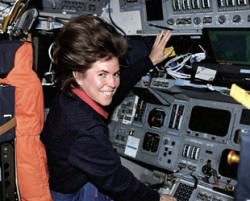
The first time a space shuttle came close to the Russian Space Station, Mir, Dr. Voss was there. As her second mission, she and her STS-63 crew mates met with the Russians to discuss flight techniques, communications, sensors aids and navigation. The February 1995 “Near-Mir” mission set the stage for the first shuttle-Mir docking later that year. Janice also served on another historic mission – the only time a crew was launched twice to perform the same mission. The first launch came on April 4, 1997 and three days later it returned to Earth after a fuel cell problem. Ninty days later, the Columbia was restored and it launched again into a successful 15 day flight. This time Voss and crew engaged their time inside a European Spacelab module, conducting experiments as part of the Microgravity Science Laboratory (MSL) mission.
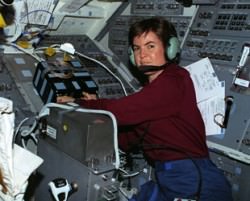
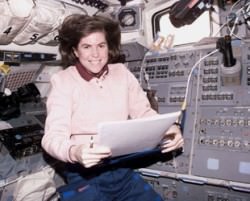
“During the last few years, Janice continued to lead our office’s efforts to provide the best possible procedures to crews operating experiments on the station today,” she said. “Even more than Janice’s professional contributions, we will miss her positive outlook on the world and her determination to make all things better.”
Godspeed, Janice… Godspeed.
Original Story Source: CollectSpace News and NASA Files.

